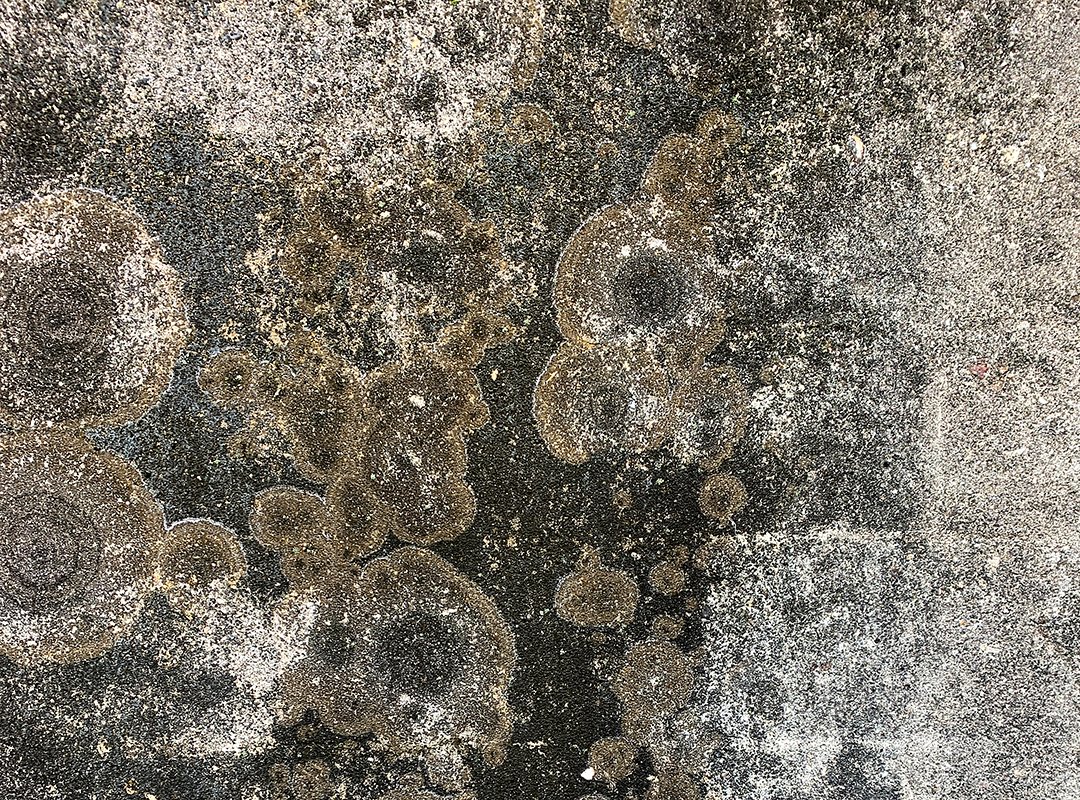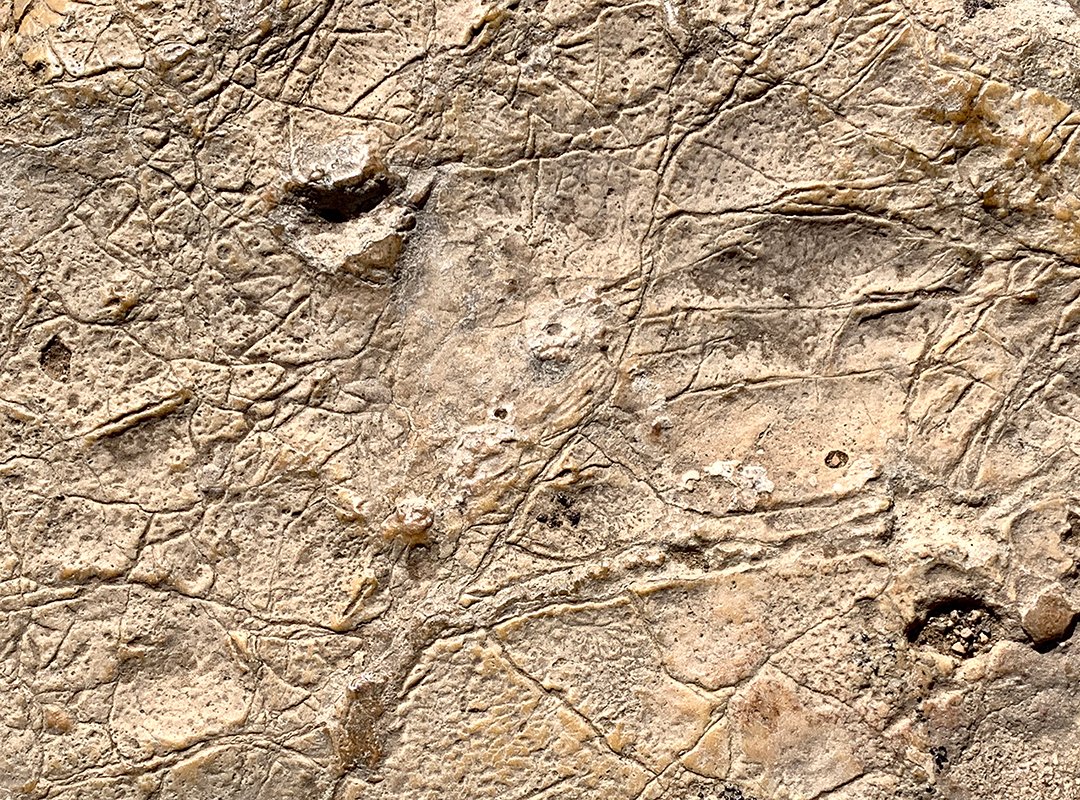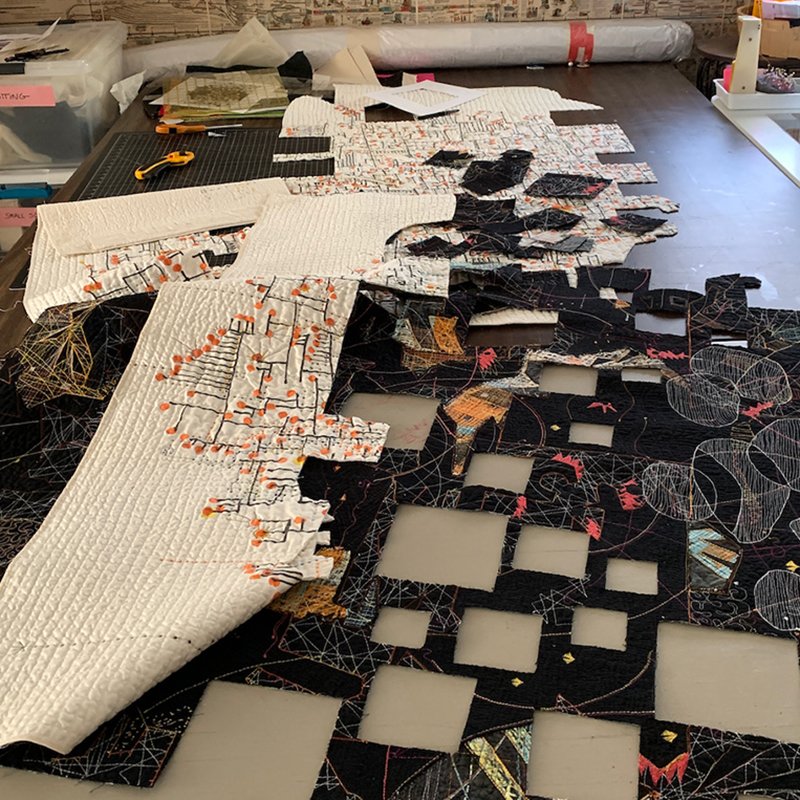I’m interested in how nature layers and transforms materials through growth, rot, erosion and rebirth.
And also in how we humans transform the same spaces.
Having just returned from a two week trip to the deserts of Arizona I am filled with images and thoughts. I participated in a wonderful show at the 45th annual Yuma Art Symposium where I met some inspiring artists and teachers. I traveled through deserts and into mountains and canyon lands where I found extraordinary nature-made patterns and shapes. I studied native pottery, browsed through museums and took long hikes. I met up with a family of javelinas during a hike, watched crows chatter at hikers and studied the layers and layers of rock forms at the Grand Canyon—holding on for dear life for fear of being whisked into the canyon. (It is clear that my fear of edges is getting worse as I get wiser.)
And, now, I am a little frozen on next steps. How to take all of that in and then apply it to my own work? Should I just go back to what I was working on before I left?
For some reason I am not ready to stitch. And that is really odd for me. I am ALWAYS ready to stitch. So I took out my drawing tools and did some stream-of-consciousness drawings instead. I might want to stitch something that looks like these.
And, I am reading a lot. The Plague of Doves by Louise Erdrich, The Wager by David Grann, North Woods by Daniel Mason, Never Home Alone by Rob Dunn. I recommend them all. These stories take me to other places.
So, for now, I am working on the engineering part of my work. Knotting loose threads, adding edge bindings and hanging sleeves…all those details that bore me. I usually hate doing that part of my art. For now it gives me more time to think about what’s next.


































































